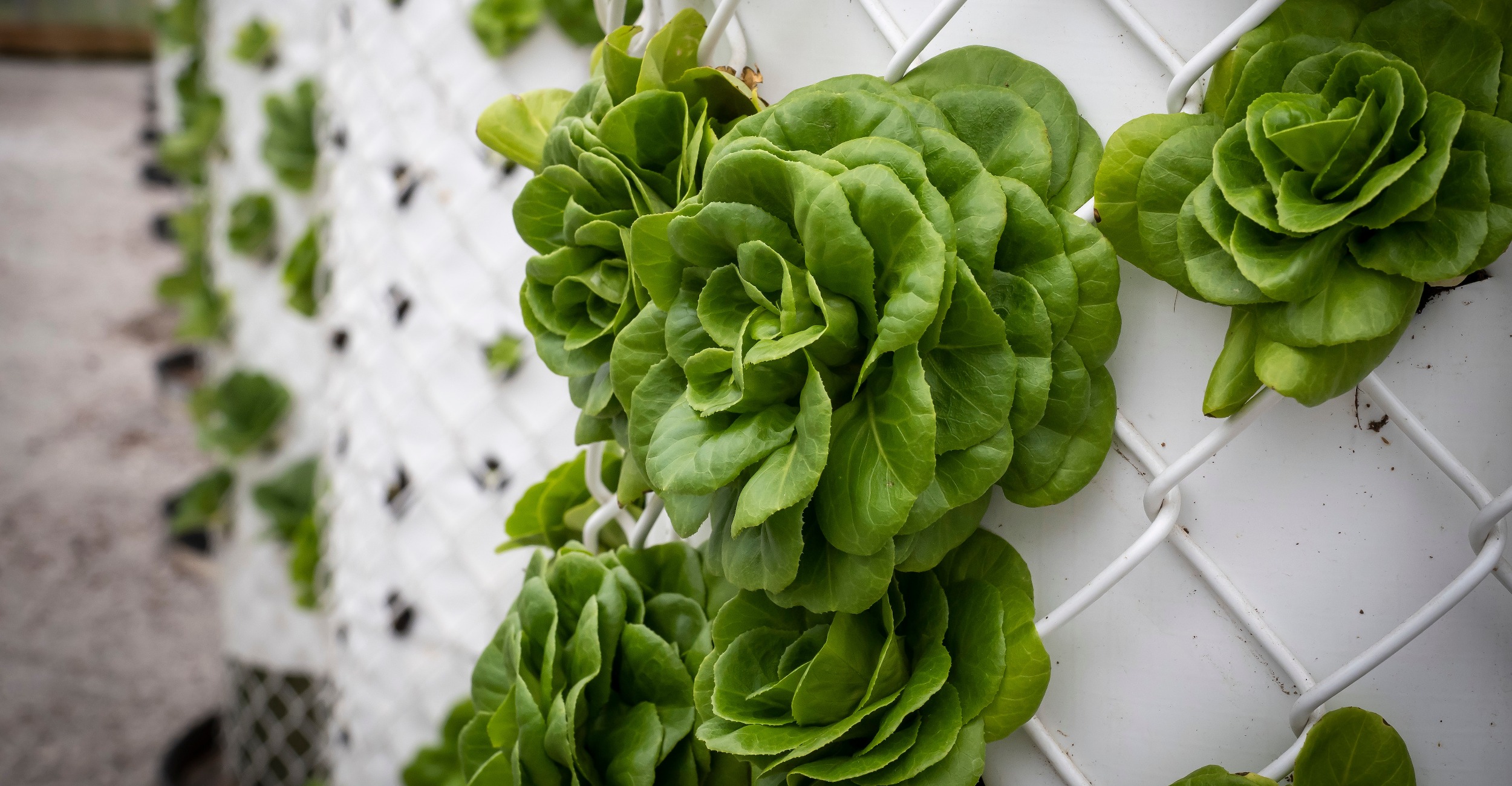
Hydroponics gardening attracts horticulture curiosity
Monday, December 13, 2021
Media Contact: Gail Ellis | Communications Specialist, Copywriter | 620-515-2498 | gail.ellis@okstate.edu
During the past year, Oklahoma State University Extension has been flooded with inquiries related to hydroponics plant production.
Extension specialists saidthe nontraditional gardening method is viable, but it also involves more complicated growing techniques. Its surge in popularity is based on several factors.
“We saw interest in gardening in general with the onset of COVID-19 when everyone was at home,” said Josh Campbell, Oklahoma County Extension educator. “They wanted to connect with nature and the food supply by learning more about food sources and safety.”
What makes hydroponics appealing? Plants can grow in a liquid nutrient solution without the presence of soil, and it is a viable means of production for tomatoes, lettuce, cucumbers and peppers, as well as ornamental crops.
“Hydroponics is an option in urban areas where there’s a lack of access to land bases or productive soil,” Campbell said. “People interested in science and technology from an agricultural standpoint see it as the future for production in small spaces.”
Bruce Dunn, an OSU professor of horticulture and landscape architecture, said another big driver of hydroponics curiosity is the efficiency and cost savings of local food production.
“Most of our produce comes from California, and when we see $4 per gallon gas along with labor and transportation issues, those things hang up our veggies from getting out here to Oklahoma,” he said. “Local food movements want to reduce the carbon footprint and eliminate food deserts. We get calls every month from people saying they’re going into local food production.”
For the home gardener considering hydroponics gardening on a small scale in a garage or greenhouse, the method can be an economically viable option.
“The benefit of hydroponics production in a greenhouse is that you can schedule the harvest of fresh produce,” Dunn said. “If you divide the greenhouse into quarters and stagger germination times, you’ll have something to harvest every single week.”
However, both Dunn and Campbell acknowledge hydroponics gardening is more capital intensive and not as forgiving as traditional gardening. Phases of production that occur in natural, eco-gardens are difficult to replicate in a hydroponics environment.
“Hydroponics growers must ask for a premium to make any money, and that often requires farm-to-table restaurants or suppliers who will pay that higher price,” Dunn said.
“I’ve seen very few growers scale up their operations to commercial levels and still make a profit,” Campbell said. “You have to be a great horticulturalist and skilled business person to handle the logistical challenges of growing food in a controlled indoor environment. If you don’t provide the right nutrients, water or light, things can get out of hand quickly.”
The saturation of Oklahoma’s cannabis industry is also responsible for many of the hydroponics inquiries. As marijuana growers begin to close shop, they are contacting OSU Extension specialists, searching for alternative ways to use their large, empty greenhouses.
“I’ll get inquiries of people vaguely saying, ‘I’m growing this plant …’ and I know exactly what they’re growing,” Dunn said with a chuckle. “There are more cannabis growers in Oklahoma than there are in California, and that may not be sustainable.”
“It’s an opportunity for Extension to help vegetable producers identify their hurdles and solve problems,” Campbell said.
In addition to OSU Extension’s collection of fact sheets on hydroponics, Dunn and Campbell are available to answer questions about hydroponics gardening or conduct site visits to assist in vegetable production. Dunn also manages a team of graduate students in the OSU Department of Horticulture and Landscape Architecture who are researching the fertilizer application, algae control and production methods of hydroponic bell peppers, leafy greens and other quickly growing vegetables.
